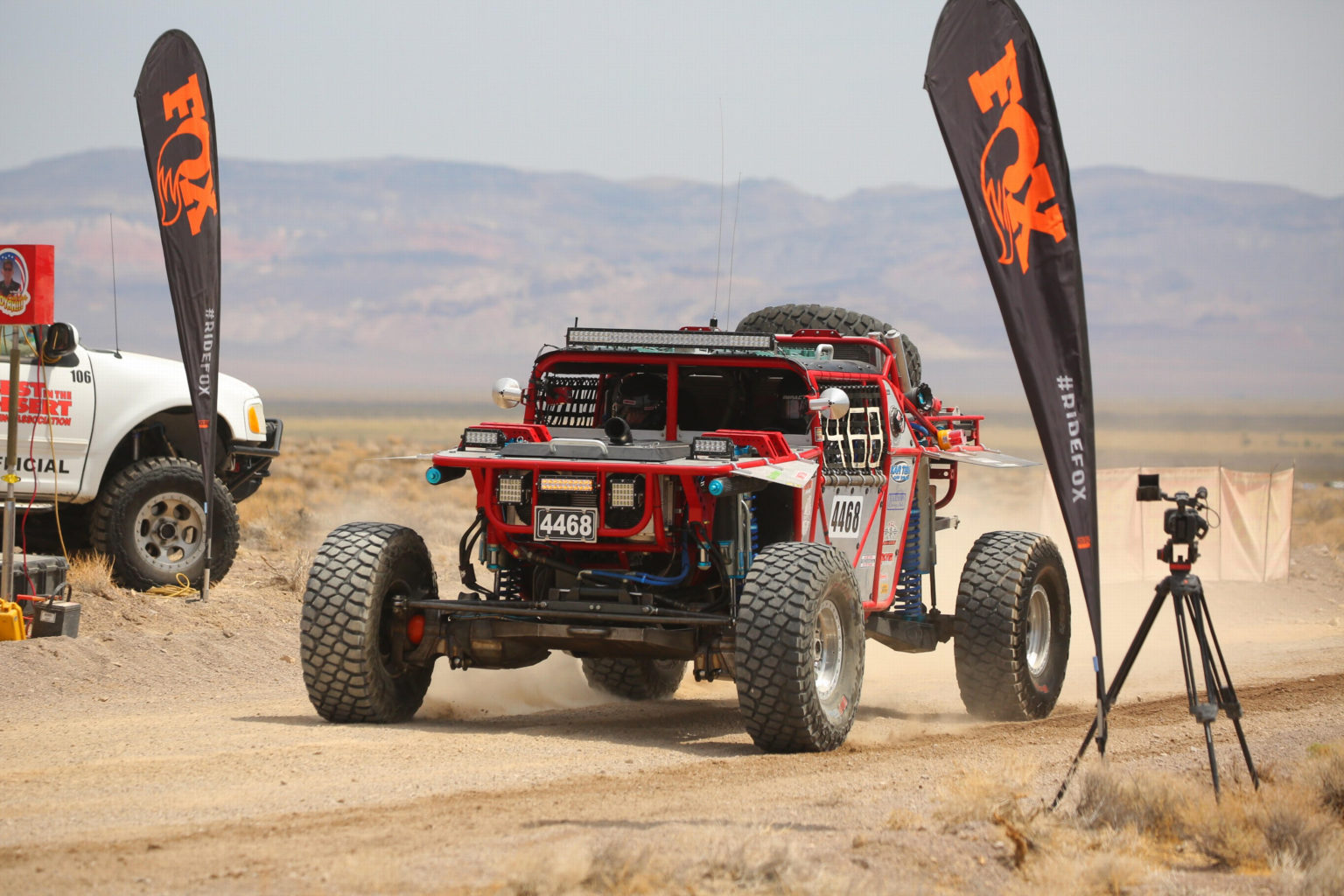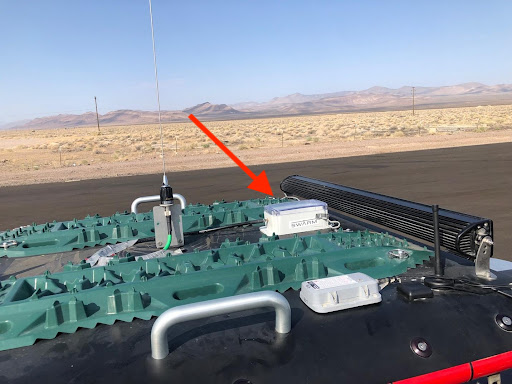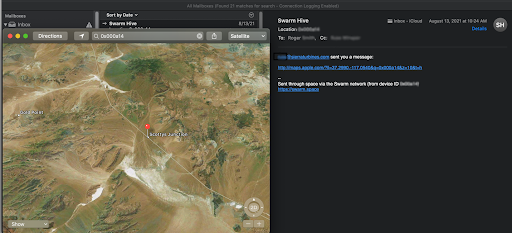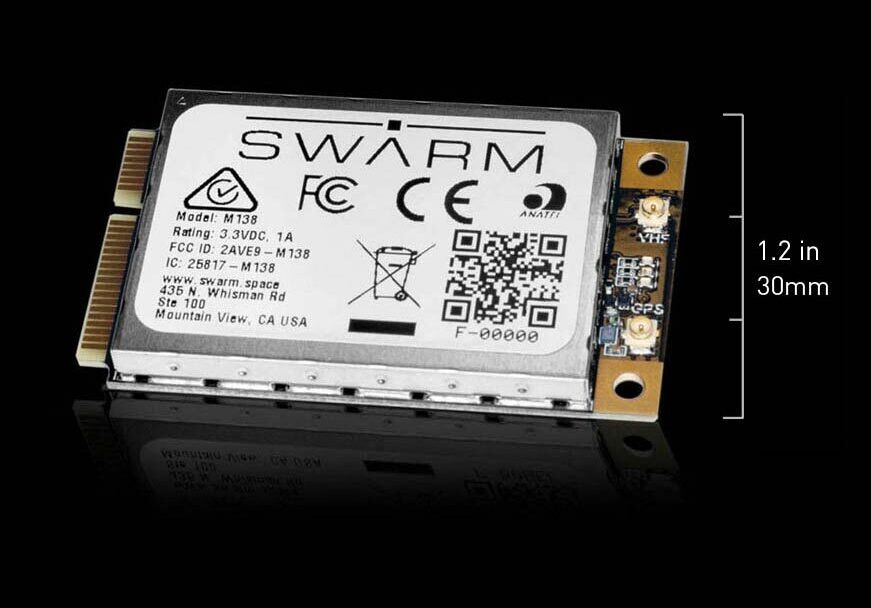
Connectivity at 100mph: Testing Swarm for Aerospace IIoT
November 2, 2021
The use of unmanned aerial vehicles (UAVs) – or drones, as most people know them – is on the rise for many applications, from commercial transportation to government intelligence. In order to ensure reliability of these sophisticated and expensive pieces of equipment, manufacturers are increasingly using industrial Internet of Things (IIoT) sensors to provide predictive maintenance data before something goes wrong.
Sierra Turbines is one company at the forefront of using IIoT and digital twin technology (a virtual representation of a physical object) for aerospace applications. The California-based company designs and manufactures small, high performance engines for UAVs. Because operational reliability is of the utmost importance, Sierra Turbines is working to incorporate IIoT sensors into their turbines to help prevent failures once they’re out in the field.
UAVs are frequently utilized in remote environments that are difficult for people to access. These areas often lack terrestrial connectivity infrastructure, which can make transmitting data from onboard IIoT sensors a challenge. To solve this, Sierra Turbines is partnering with Swarm to provide a reliable, low-cost, and fully global connectivity solution so they can monitor and control their turbines from anywhere on the planet.
Finding the right connectivity fit
When Sierra Turbines began using IIoT sensors to monitor the health of their turbines, the first connectivity solution they tried was cellular. Sierra CEO Roger Smith recalls this experiment as “painful” and one that resulted in too many dead zones. Roger quickly realized that his product needed a more global solution, and started looking into satellite offerings.
The Sierra team considered legacy satellite providers, but quickly decided they weren’t a good fit. “Obviously the high cost was a problem,” explains Roger. “These companies are also very corporate in their approach, and we’re a startup that needs to get stuff done. It wasn’t a good match.”
Swarm provided the global coverage Sierra Turbines needed at a much lower cost than legacy satellite providers.
When Roger came across Swarm, he was immediately interested in testing the technology. For one, Swarm provided the global coverage Sierra Turbines needed at a much lower cost than legacy satellite providers. For another, he liked that Swarm’s satellite modems include a GPS component. “There’s actually very little GPS tracking being done in the commercial aerospace industry today,” says Roger. “Our connected turbine has transponder-like capability, which is how we plan to guarantee service levels. The fact that Swarm’s modem supports the latest [global navigation satellite system, or] GNSS constellations along with comms was immediately interesting to us.”
Testing the Swarm network at 100mph
The Sierra Turbines team was excited about the possibility of having global connectivity at a fraction of the cost of legacy satellite solutions. Before incorporating Swarm into their products, however, Sierra Turbines needed to ensure that Swarm’s network and two-way data transfer would operate successfully in a high-speed, harsh environment similar to the operational conditions that Sierra’s turbines would encounter in the field.
Following just 6 months of development and technical discussions with the Swarm team, Sierra decided on a daring and unique testing method: the 550-mile Las Vegas to Reno off-road car race through the Nevada desert. Sierra Turbines partnered with the Paul Zaro/Zicovich racing team to install the Swarm Eval Kit on their racing vehicle and test Swarm’s two-way data transfer capability. A race requirement that all vehicles have an Iridium satellite system on board (for vehicle tracking) also served as a useful benchmark for testing Swarm.

A key testing goal during the race was for the Swarm system to meet or exceed commercial standards for “ping” ACARS messaging (Aircraft Communications Addressing and Reporting System, a digital system that aircraft use to transmit short messages via satellites to ground stations). The Swarm network succeeded! With the race vehicle traveling at 100mph, Swarm’s network successfully transmitted along the entire route, and messages and responses to and from the vehicle were achieved within a single Swarm satellite pass window. “We really put Swarm’s system through a harsh, enterprise-level test,” says Roger. “It actually performed better than the Iridium system. We also added the automated push notification capability that Swarm released a week prior to the Race. It all ‘just worked!’”
“We really put Swarm’s system through a harsh, enterprise-level test,” says Sierra Turbines CEO Roger Smith. “It actually performed better than the Iridium system we were using as a benchmark.”

Looking ahead: aerospace IIoT connectivity
With Swarm having completed a successful – if unusual – field trial, the Sierra Turbines team is excited to continue integrating Swarm into their turbines. “All our products now have an IIoT component,” says Roger. “We’re building a digital twin for our platform so we can carefully monitor engine health and ensure reliability. This data needs to be transmitted no matter where the turbine is, and that’s where Swarm will come in.”
From an engineering perspective, the Sierra Turbines team also appreciates how straightforward the Swarm Tile modem is to integrate. “We love that Swarm is pretty much plug-and-play,” says Roger. “The Tile was easy for our engineers to integrate and it immediately works anywhere and starts sending the status of our products in the field!” Russ Winsper, Sierra Turbines’ Software Architect, also weighed in: “Swarm has incredible talent that earned our respect from the start. Their responsiveness was great. I would describe them as fast and nimble, like Spiderman!”
“We love that Swarm is pretty much plug-and-play,” says Sierra Turbines CEO Roger Smith. “The Tile was easy for our engineers to integrate and it immediately works anywhere and starts sending the status of our products in the field!”
As Sierra Turbines continues to expand their edge compute and data pre-processing capabilities to minimize data flow, Swarm’s network is the perfect complementary connectivity solution. “We don’t need an expensive, high-bandwidth solution for what we’re doing,” says Roger. “It is an absolute waste of network resources to transmit data to cloud servers if the results can be computed locally. The Swarm team gets the value of these capabilities, which is one of the reasons we’re thrilled to develop on the Swarm network.”
Swarm is proud to continue supporting Sierra Turbines as they use our network to reliably and affordably send and receive data from their turbines, no matter where they are in the world, and we’re excited to see what other aerospace use cases will follow!


